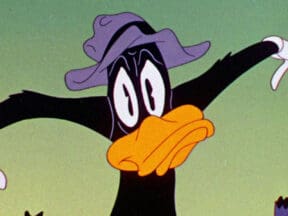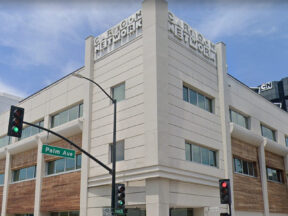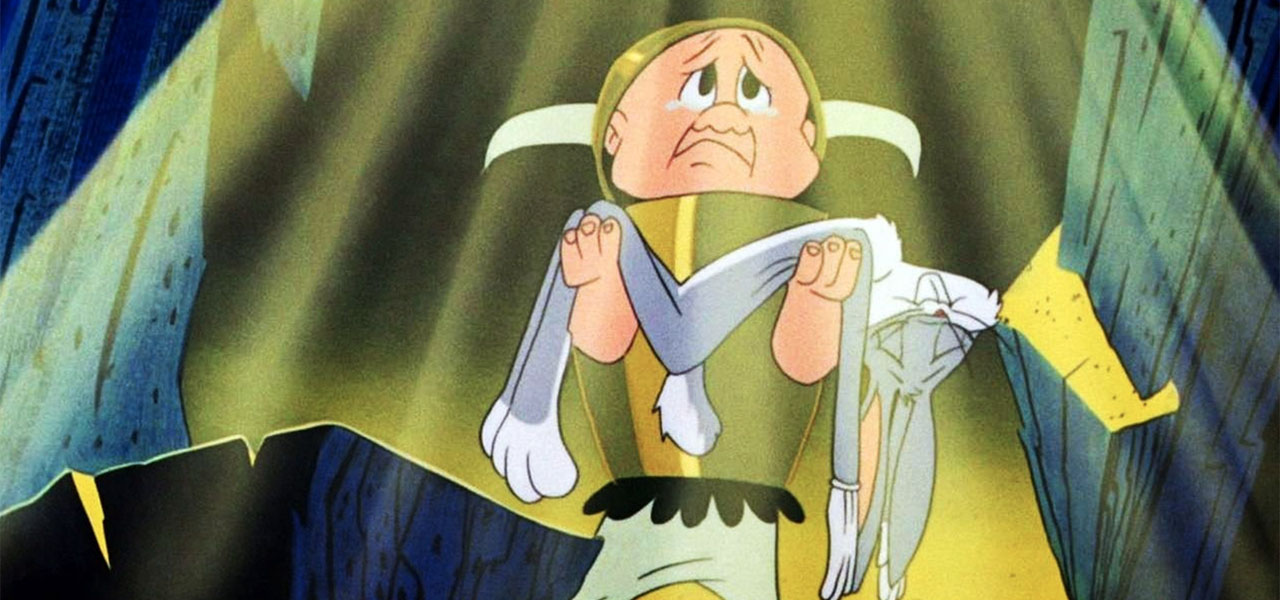
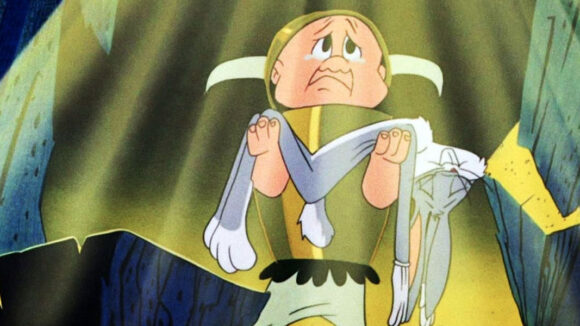
David Zaslav Continues His Crusade Against Looney Tunes; Plans To Tear Down Historic Animation Building
Warner Bros. Discovery CEO David Zaslav is continuing his systematic crusade to dismantle WB’s animation legacy and he’s doing it with the kind of thoroughness that borders on obsession.
Today, Deadline reported that WB will raze Building 131 on its Burbank studio lot. The building was the last home of the original Warner Bros. Animation studio and housed the unit from 1955 through its closure in the late 1960s. It is the building where hundreds of theatrical animated shorts were produced, including classics like Robin Hood Daffy, Three Little Bops, Birds Anonymous, Tabasco Road, and What’s Opera, Doc?
Per the Deadline story, the building is being torn down to “create more base camp space for the myriad HBO shows that are shooting on the lot” and will not be replaced by a new structure. The teardown is imminent.
The building was custom-built for the company’s animation department and opened in fall 1955. Below, from Warner Club News, an internal company newsletter, is a view of the building under construction in 1955. More details about the early months of the building can be read in the newsletter, available on Jerry Beck’s Cartoon Research.
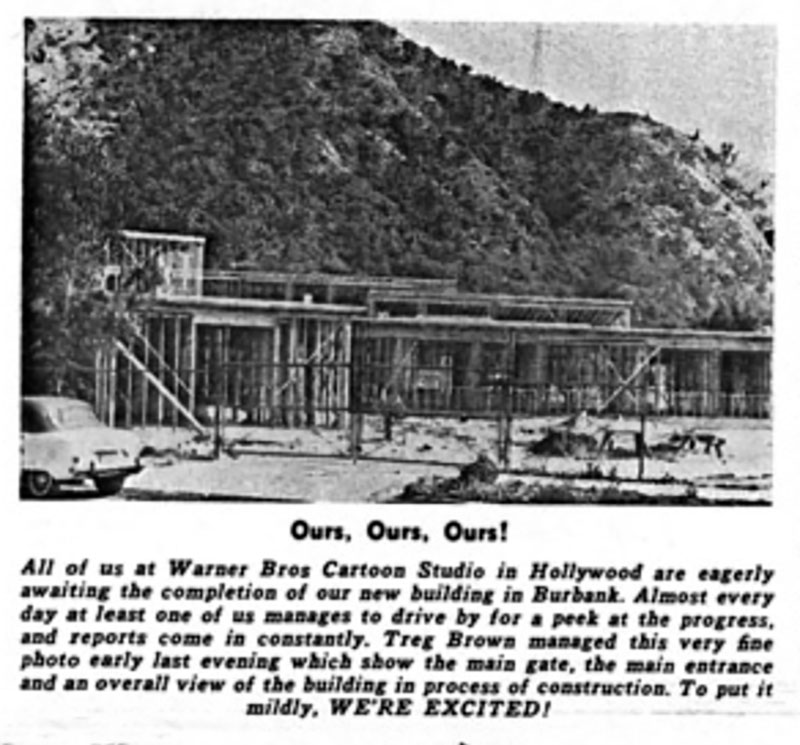
The decision to raze the building, which had not been an animation studio for many decades but which holds significant historical value, comes shortly after WB deleted all the classic Looney Tunes from the company’s flagship streaming product, Max. The studio has also refused to release the last two Looney Tunes features it has completed — The Day the Earth Blew Up and Coyote vs. Acme — and is instead attempting to sell them to third-party distributors.
Last year, WB also vacated the Cartoon Network building in Burbank, as it merged Cartoon Network Studios into a division of Warner Bros. Animation. Day by day, WB is eliminating all traces of its animation legacy in Burbank, though the end game isn’t yet quite clear.
Pictured at top: What’s Opera, Doc? (1957), ranked as the greatest cartoon of all-time in Jerry Beck’s The 50 Greatest Cartoons, was produced in the building that is being torn down.

